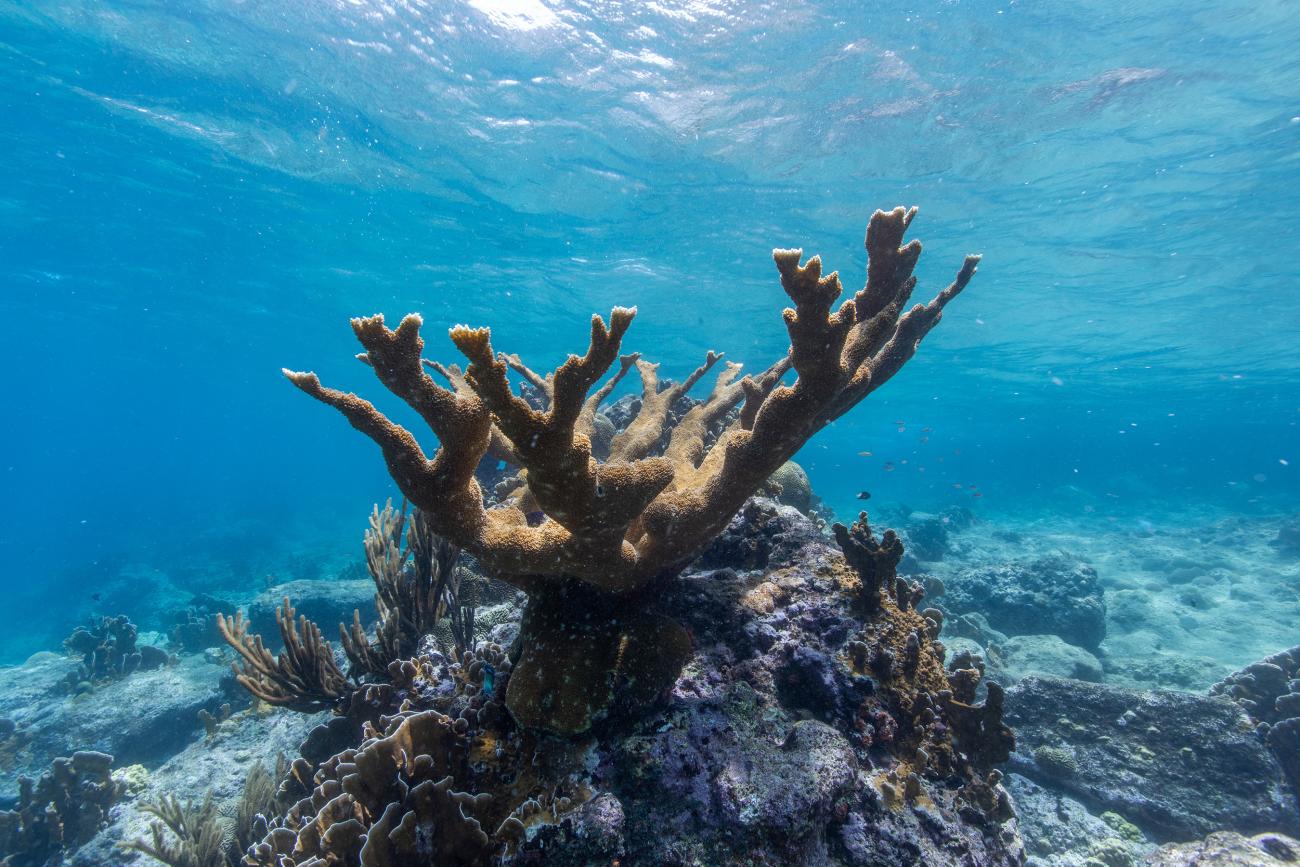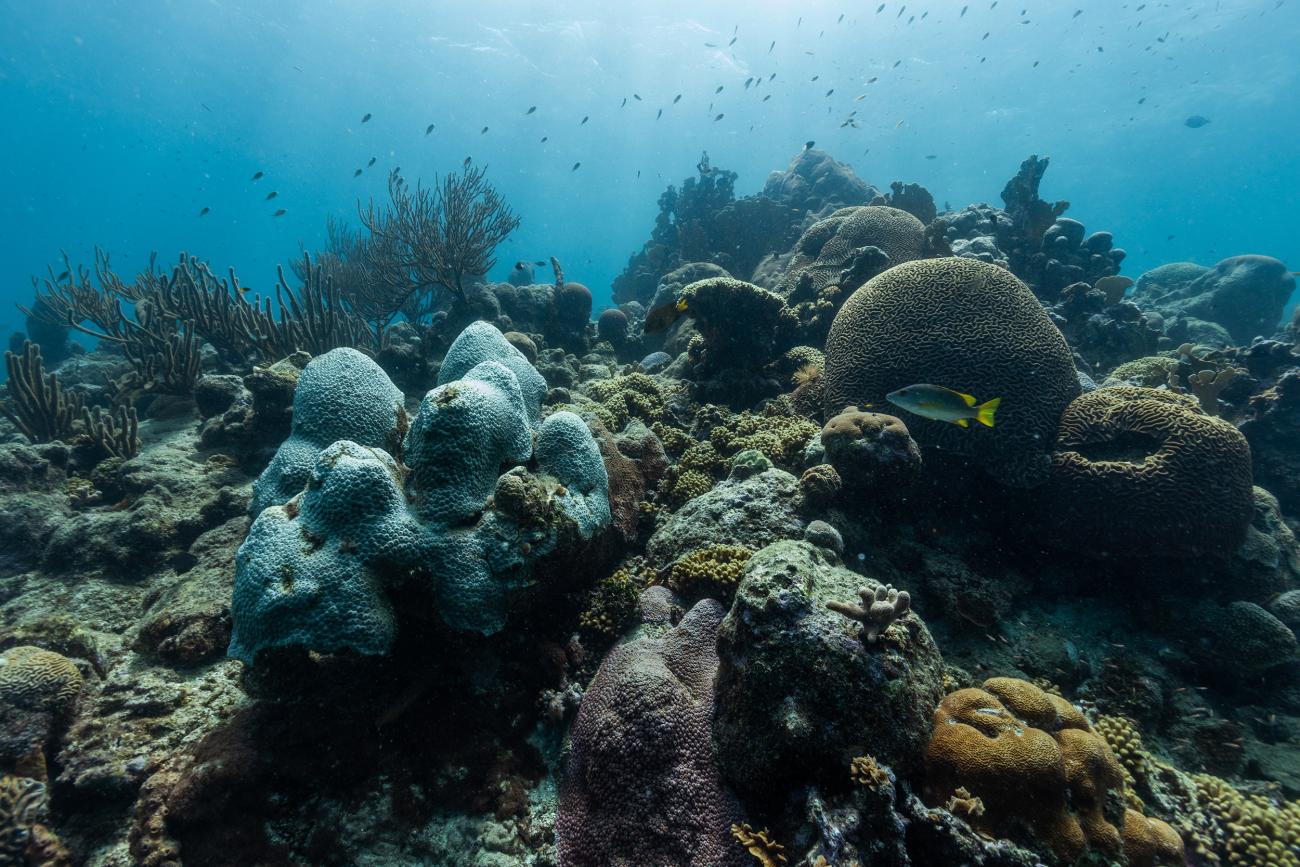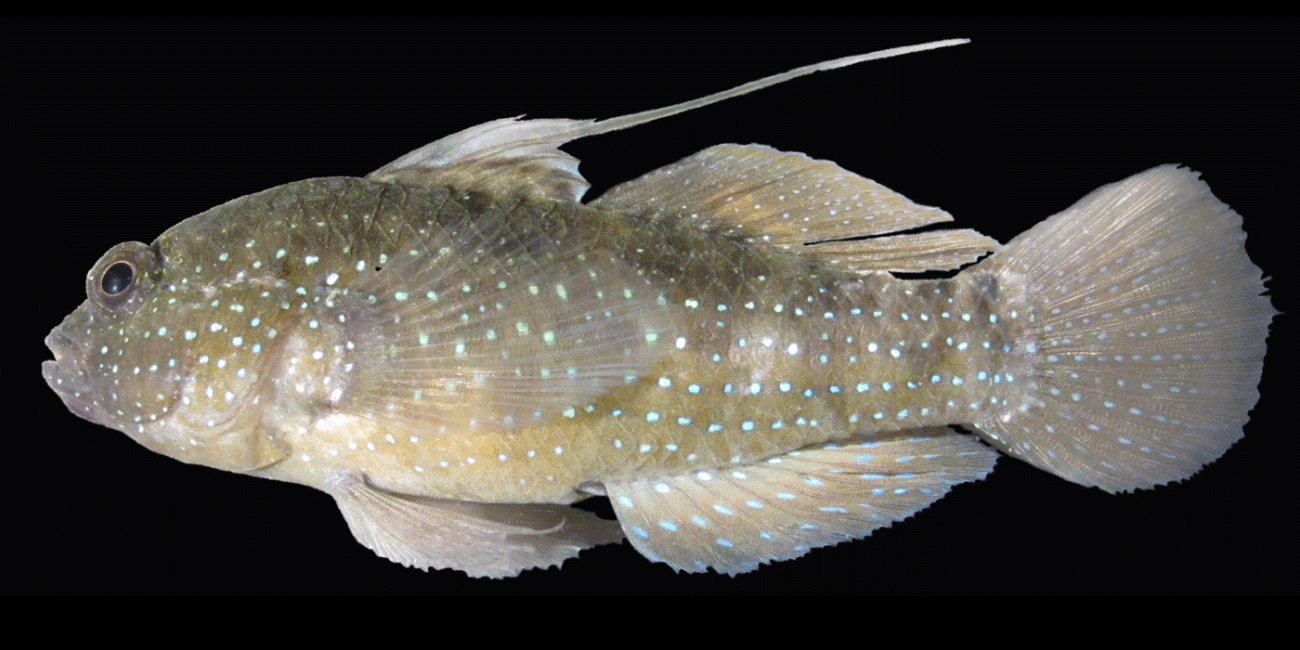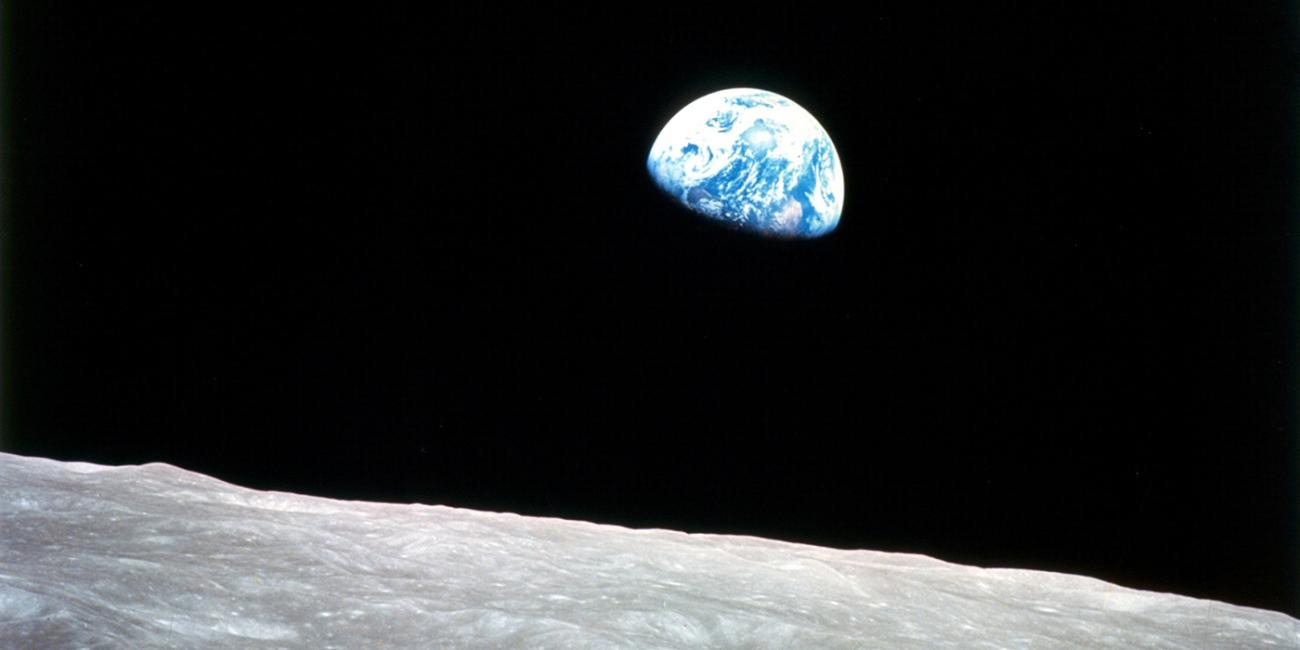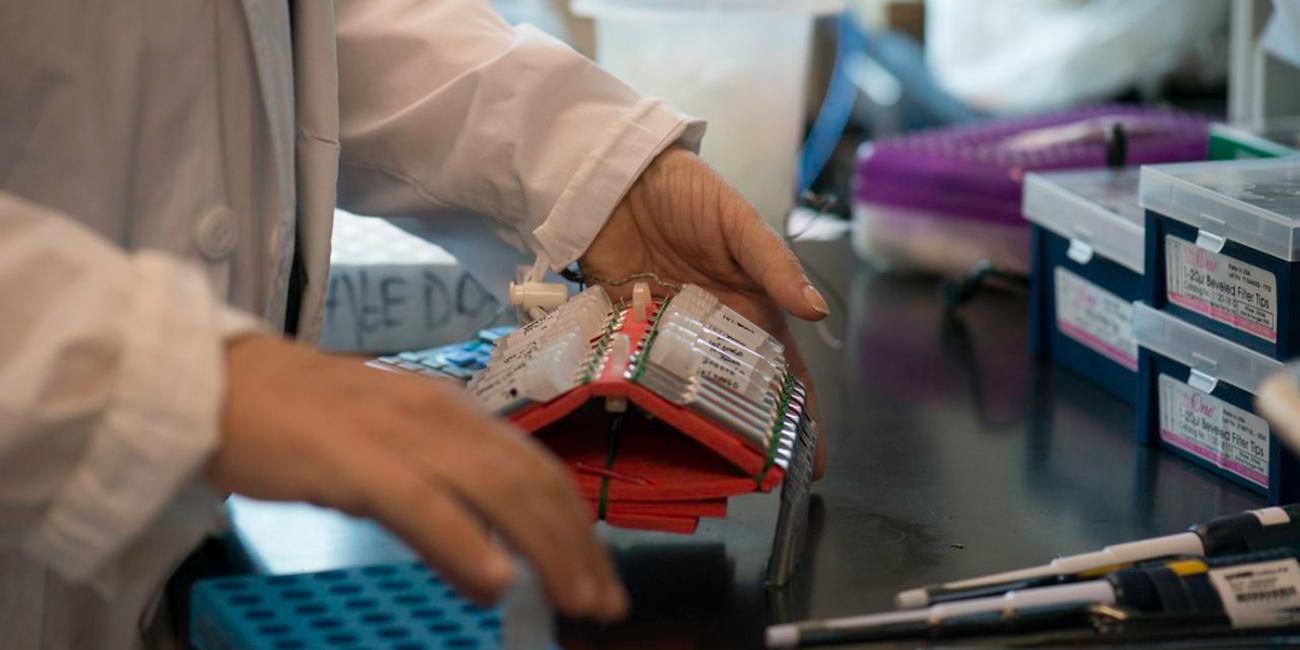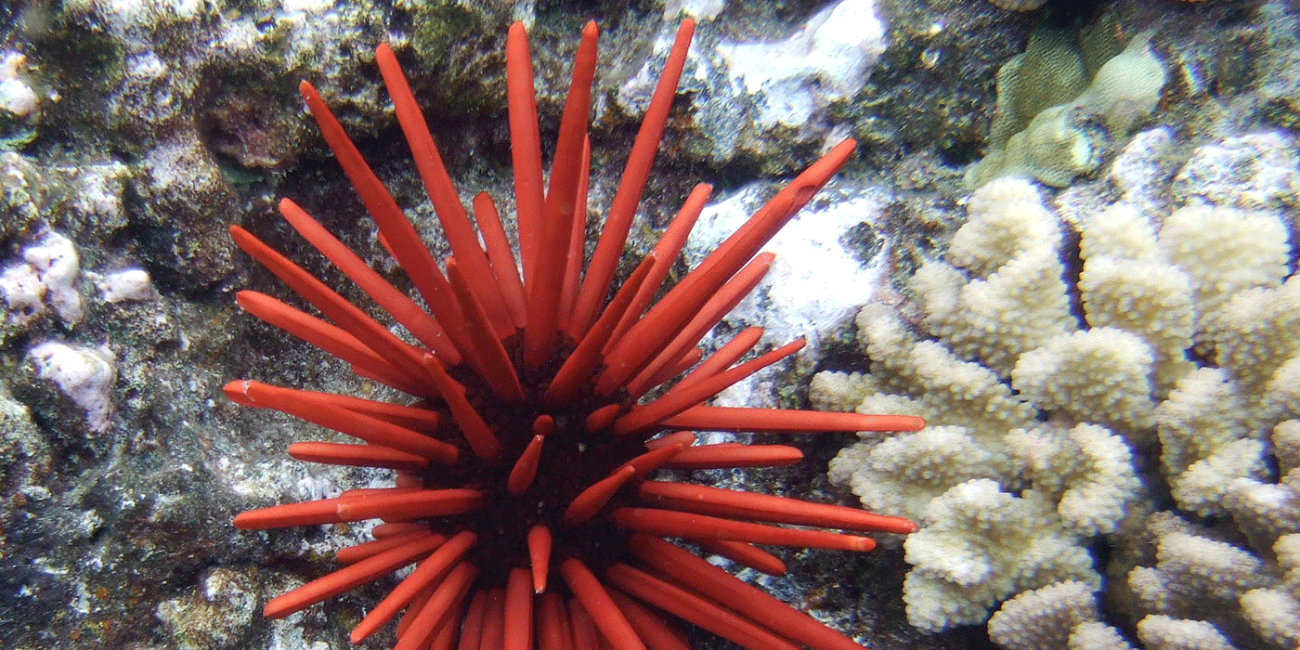Biography
Mary Hagedorn has been a Research Scientist at the Smithsonian Institution for the past 20 years. She has worked in aquatic ecosystems around the world from the Amazon to Africa, has taught many university-level classes, lectures frequently to lay audiences, maintains an active laboratory with graduate students and post docs, and is a successful researcher and active grant writer. Hagedorn's innovative, interdisciplinary work uses basic science to address conservation challenges for threatened coral reefs. She is a leader in securing a future for marine biodiversity and her unique team is the only group of scientists in the world developing and applying this modern technology to conserve coral reefs.
Hagedorn's team has created a world-class genomic library and frozen repository that includes twelve coral species from two of the world's major oceans. There are more than 800 coral species worldwide so this work is just beginning. These biobanks provide a major hedge against extinction for corals facing the damaging effects of climate change, disease and loss of genetic diversity. In addition, Hagedorn's team is using innovations in cryo-technology to push the boundaries of physics and biology to include additional types of banked tissues, such as the eggs and embryos of many previously un-bankable aquatic organisms.
Hagedorn obtained bachelor's and master's degrees in Biology from Tufts University, and she earned her doctorate in Marine Biology from the Scripps Institution of Oceanography at the University of California at San Diego. Before shifting her lab to work on coral conservation, she studied weakly electric fish. In the past years, she has received several multi-million dollar research grants from the National Institutes of Health to support her research and has collaborators in over 30 institutions throughout the U.S., Caribbean, Europe and Latin America. In 2000, she received the prestigious George E. Burch Fellowship in Theoretic Medicine and Affiliated Theoretic Sciences, in 2005 she was nominated for the Pew Fellowship in Marine Conservation, and is was a 2012 finalist for the Rolex Award for Enterprise. Hagedorn's work funded mainly by foundations.
Hagedorn's team has created a world-class genomic library and frozen repository that includes twelve coral species from two of the world's major oceans. There are more than 800 coral species worldwide so this work is just beginning. These biobanks provide a major hedge against extinction for corals facing the damaging effects of climate change, disease and loss of genetic diversity. In addition, Hagedorn's team is using innovations in cryo-technology to push the boundaries of physics and biology to include additional types of banked tissues, such as the eggs and embryos of many previously un-bankable aquatic organisms.
Hagedorn obtained bachelor's and master's degrees in Biology from Tufts University, and she earned her doctorate in Marine Biology from the Scripps Institution of Oceanography at the University of California at San Diego. Before shifting her lab to work on coral conservation, she studied weakly electric fish. In the past years, she has received several multi-million dollar research grants from the National Institutes of Health to support her research and has collaborators in over 30 institutions throughout the U.S., Caribbean, Europe and Latin America. In 2000, she received the prestigious George E. Burch Fellowship in Theoretic Medicine and Affiliated Theoretic Sciences, in 2005 she was nominated for the Pew Fellowship in Marine Conservation, and is was a 2012 finalist for the Rolex Award for Enterprise. Hagedorn's work funded mainly by foundations.
Research Interests
Scientists from the Smithsonian Conservation Biology Institute in the Reef Recovery Initiative are using modern human fertility techniques to help save coral reefs. We have created the science and have help applied these technologies to create coral biorepositories around the world.
Related News
June 08, 2024
Five Fascinating Facts About Coral
June 07, 2021
Connecting Ocean Conservation from Sea to Sky
October 04, 2019
Testing the Waters: Coral Nurseries and Climate Change
June 30, 2016
Science Q&A: Freezing Coral In Time
October 15, 2015
Saving Threatened Corals
December 01, 2014
Coral Spawn Australia
March 01, 2010
Coral Larvae “Snowstorm” in the Tropics

